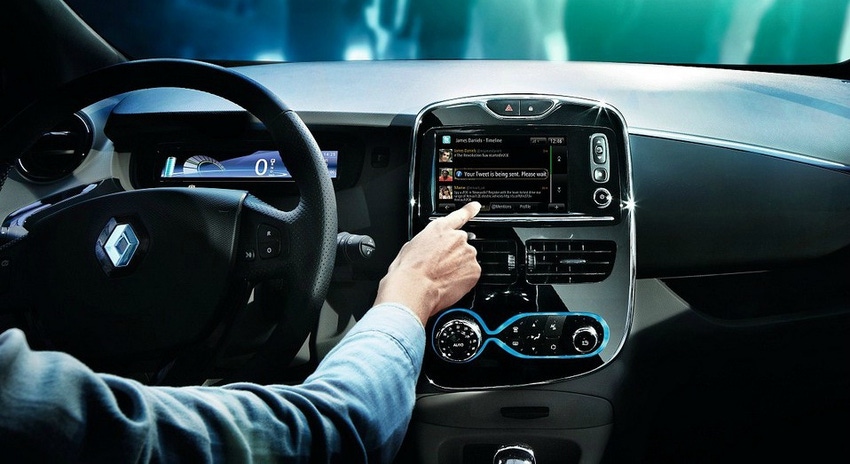The United States could soon make M2M connectivity in new vehicles mandatory, following research undertaken by the US Department of Transportation’s National Highway Traffic Safety Administration (NHTSA).
February 4, 2014

The United States could soon make M2M connectivity in new vehicles mandatory, following research undertaken by the US Department of Transportation’s National Highway Traffic Safety Administration (NHTSA).
The government body has conducted a year-long pilot programme on vehicle to vehicle (V2V) communication technology and plans to publish a report in the coming weeks addressing key areas of the technology. The NHTSA will then begin working on a regulatory proposal that would require V2V devices in new vehicles in the future.
“Vehicle-to-vehicle technology represents the next generation of auto safety improvements, building on the life-saving achievements we’ve already seen with safety belts and air bags,” said US transportation secretary Anthony Foxx. “By helping drivers avoid crashes, this technology will play a key role in improving the way people get where they need to go while ensuring that the US remains the leader in the global automotive industry.”
The Department of Transportation’s research has suggested that V2V technology can prevent the majority of crashes involving two or more vehicles.
Using data such as speed and location of nearby vehicles, connected cars can assess risks and warn drivers ahead of common crashes such as rear-end, lane change and intersection crashes. This has been tested under both real-world and controlled test conditions, the NHTSA added.
The government body added that the V2V technology it is looking to introduce will not involve exchanging or recording personal information of drivers or tracking vehicle movements. It will not be able to identify vehicles, and will only use basic safety data.
The NHTSA added that in its testing V2V technology showed high favourability ratings and customer acceptance, with participants indicating they would like to have V2V safety features on their own vehicle.
“V2V crash avoidance technology has game-changing potential to significantly reduce the number of crashes, injuries and deaths on our nation’s roads,” said NHTSA acting administrator David Friedman.
M2M will be covered in the 5G Summit, a feature of the 10th annual LTE World Summit, the premier 4G event for the telecoms industry, taking place on the 23rd-26th June 2014, at the Amsterdam RAI, Netherlands. Click here to download a brochure for the event.
“Decades from now, it’s likely we’ll look back at this time period as one in which the historical arc of transportation safety considerably changed for the better, similar to the introduction of standards for seat belts, airbags, and electronic stability control technology.”
The global connected car ecosystem has been largely propelled by government legislation. The European Union has proposed to introduce eCall, a system that allows vehicles to make emergency services calls, for new cars sold in all 28 states this year. The eCall system uses sensors to call the nearest emergency centre when a car crashes and will be made mandatory from 2015. The EU claims the technology could save up to 2,500 lives a year. Similar legislation is being introduced in Russia and in Brazil, which will require the introduction of similar telematics hardware in cars.
But there are also controversial proposals within the EU as well. Some legislators are believed to be pushing for a ‘remote kill switch’ that could allow police officers to remotely disable a vehicle. General Motors already offers a similar service in its Stolen Vehicle Slowdown, which can force a stolen vehicle to drop speed and stop.
A number of tier one operators have stepped up their efforts in the connected car space in recent months. Earlier this year, US operator AT&T launched a modular connected car platform as well as partnerships with Audi and Tesla. Orange too is eyeing opportunities in the connected car space, having embarked on a research project with Renault to test uses of LTE technology in connected cars in December last year.
About the Author(s)
You May Also Like








.png?width=300&auto=webp&quality=80&disable=upscale)


_1.jpg?width=300&auto=webp&quality=80&disable=upscale)


.png?width=800&auto=webp&quality=80&disable=upscale)